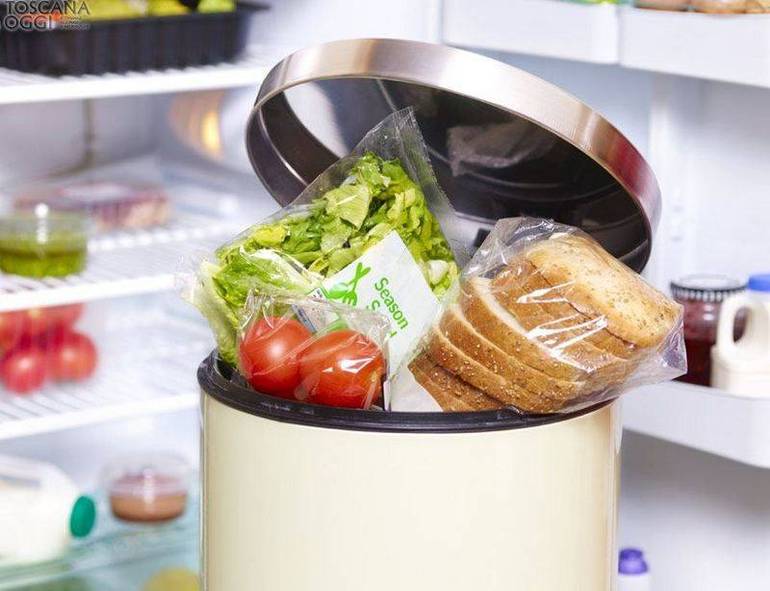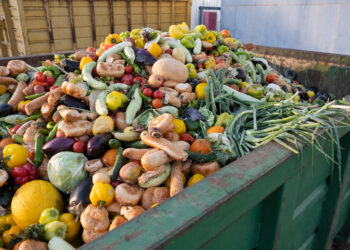Brussels – The indigestion of food waste in the EU continues. During 2022, the 27 member countries generated about 132 kilograms of food waste per inhabitant. We are talking about over 59 million tons of food thrown away. More than in 2021, when we stopped at 58.4.
The Eurostat data is staggering, particularly when looking inside the homes of European citizens. Households generated 54 percent of food waste, 32 million tons, or 72 kg per inhabitant. The remaining 46 percent is waste generated upstream in the food supply chain, where strategies already exist to reduce it, such as using discarded parts as by-products.
The processing and manufacturing sector was the second largest contributor (19 percent), with just over 11 million tons of food wasted. Finally, a little more than a quarter came from the primary production sector, less than 5 million tons or 8 percent of total food waste. Restaurants and food services (less than 7 million tons, 11 percent), and the other food retail and distribution sectors (just under 5 million tons, 8 percent share). For restaurants and retail, Eurostat points out that “it is still analyzing the impact of the end of COVID-19 closures.”
Three countries are responsible for nearly half of the food waste produced in the EU: Germany, France, and Italy, with 28.4 million tons of food waste in 2022.
To curb the plague of food–and textile–waste, in July 2023, the European Commission unveiled a proposal to revise the Waste Framework Directive, in which it proposed binding national waste reduction targets by the end of 2030: 10 percent in food processing and production, 30 percent in retail, restaurants, food services, and households.
In March 2024, Parliament adopted its position and raised the bar, calling for a 20 percent reduction in processing and manufacturing and a 40 percent reduction in retail, restaurants, food services, and households. The reform was placed on the back burner because of the European elections, and it will now be up to the new European Parliament to pursue negotiations with member countries in the EU Council to give the directive its final shape.
English version by the Translation Service of Withub







![[foto: European Institute for Gender Equality]](https://www.eunews.it/wp-content/uploads/2021/03/gender-pay-gap.jpg)
